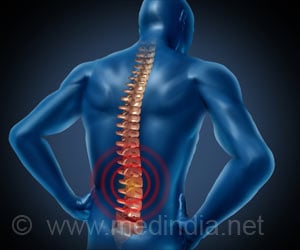For a broad range of neuroendovascular procedures, transradial surgery was found to be effective and safe and gives patients faster recovery with less procedural risk, stated new research.

‘Changing the route of entry for minimally invasive neurosurgery provides better outcomes for a wide range of interventions, and is preferred by patients.’





The results were published in the journal Stroke. Dr. Jabbour and his team, including first author Omaditya Khanna, MD, retrospectively examined the medical records of 223 patients treated at Jefferson via the transradial route. The procedures included diagnostic angiograms, mechanical thrombectomies, AVM/AVF embolizations, coiling, stent-assisted-coiling, WEB device placement and flow-diversion treatments of cerebral aneurysms, and carotid stent placement.
A subset of 66 patients who had undergone both transfemoral (groin) and a transradial (wrist) surgeries were selected to complete a satisfaction survey to assess their preference. The majority of patients, 94 percent, said they preferred surgery via the wrist.
In addition, it is easier to ensure a blood vessel in the wrist has clotted, and so patients can go home shortly after surgery, rather than laying horizontally for 4-6 hours after transfemoral surgery. "Laying flat after certain kinds of brain surgery should be avoided in cases with high intracranial pressure, and yet it's the best way to prevent groin and internal bleeds," says Dr. Jabbour. "For these cases surgery via the wrist is by far the safest option."
One of the most compelling reasons to change practice, says Dr. Jabbour, is that it eliminates the risk of rare but potentially dangerous complications of post-surgical bleeds in the groin and retroperitoneal area, which can be difficult to detect. A pioneer in the field, Dr. Jabbour was one of the first neurosurgeons to perform brain surgery via the wrist and has continued to teach others this technique.
Advertisement










